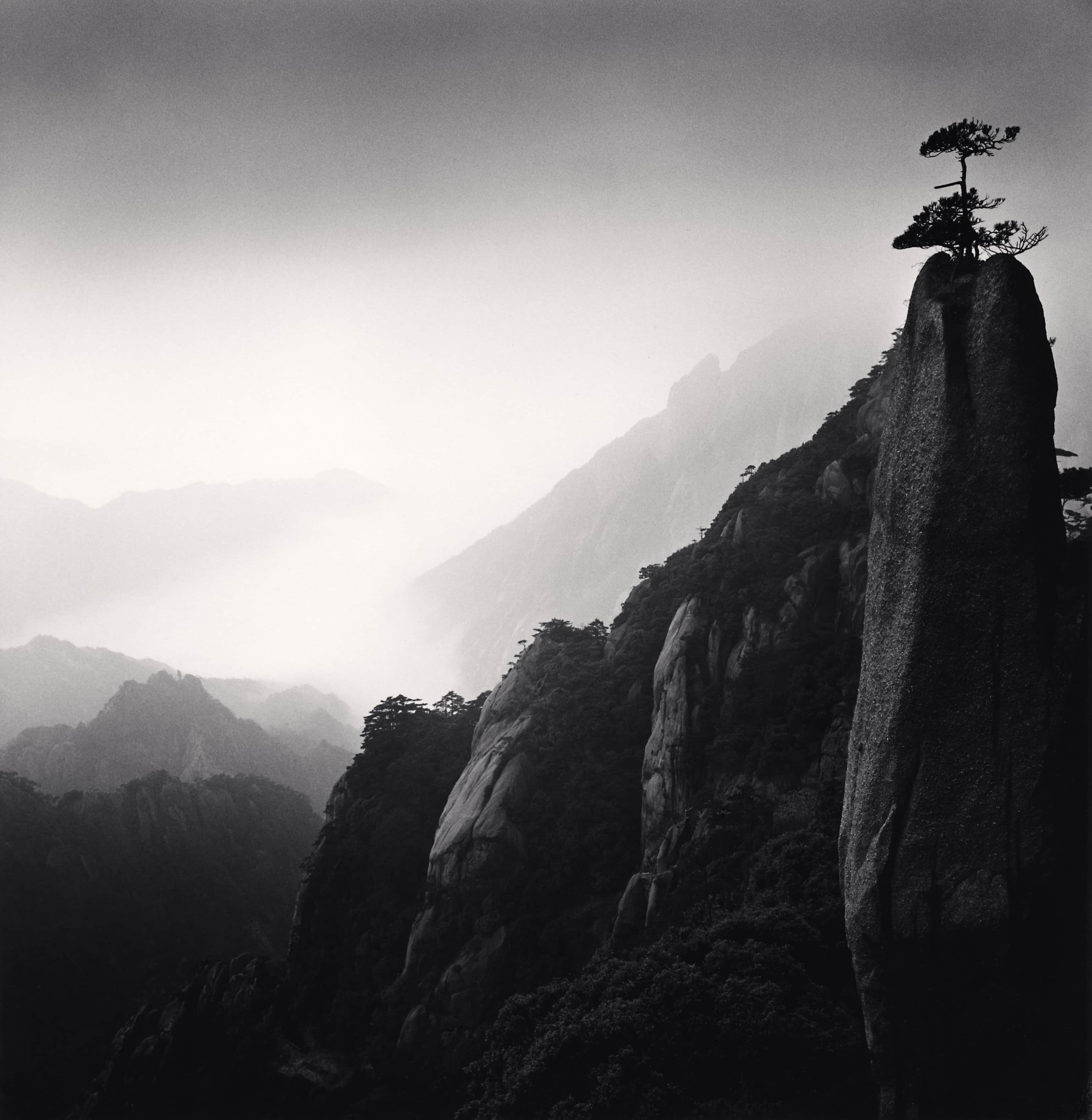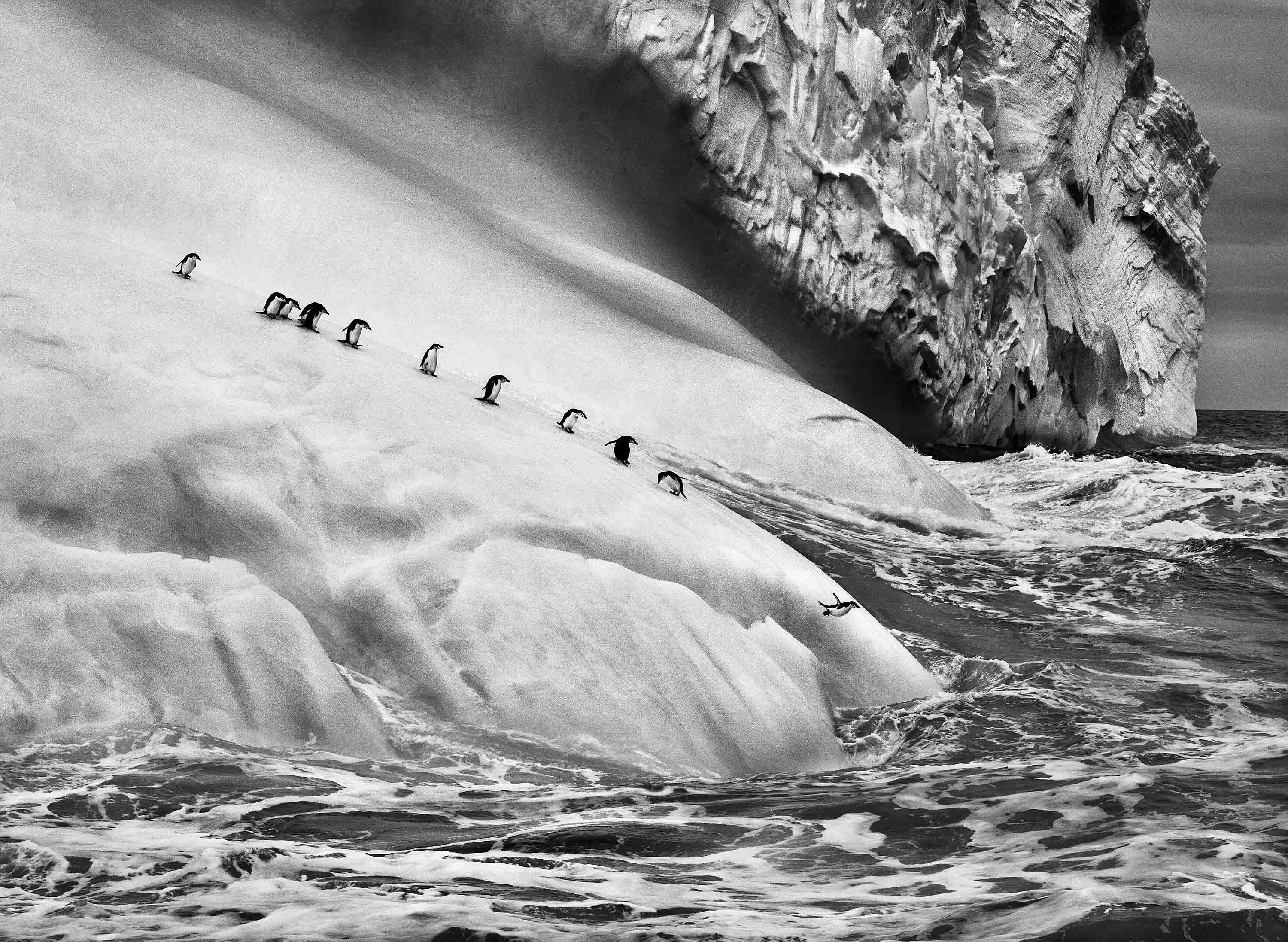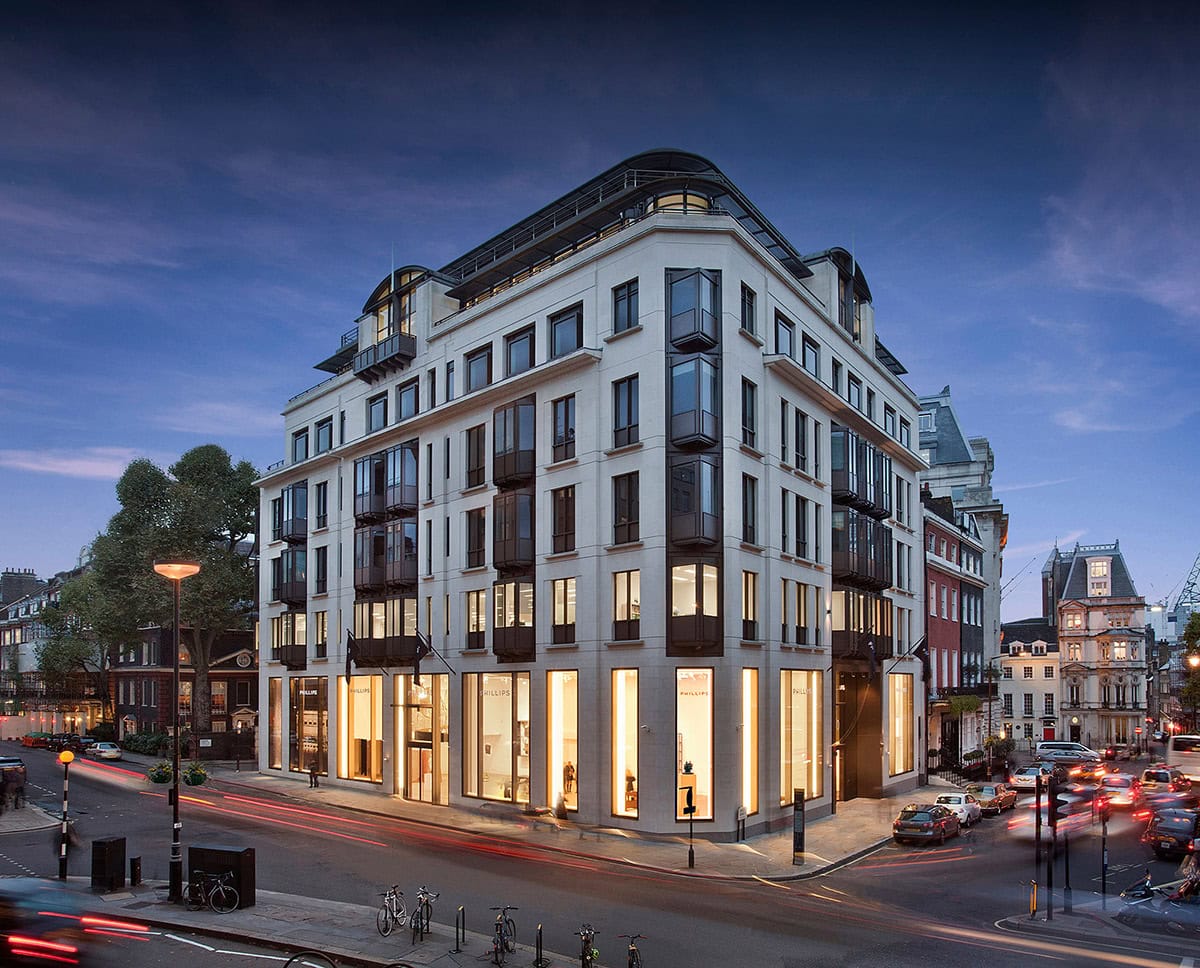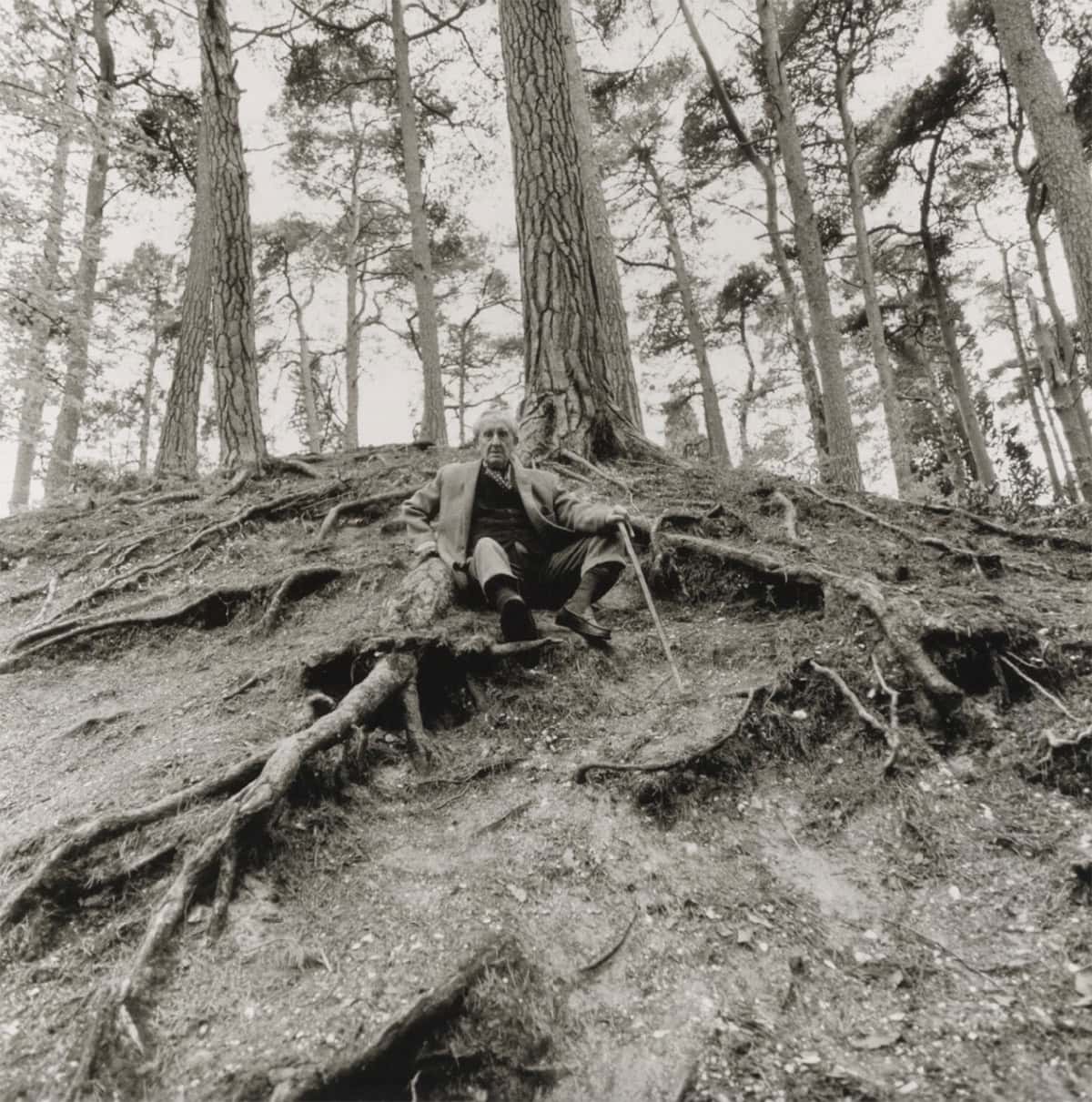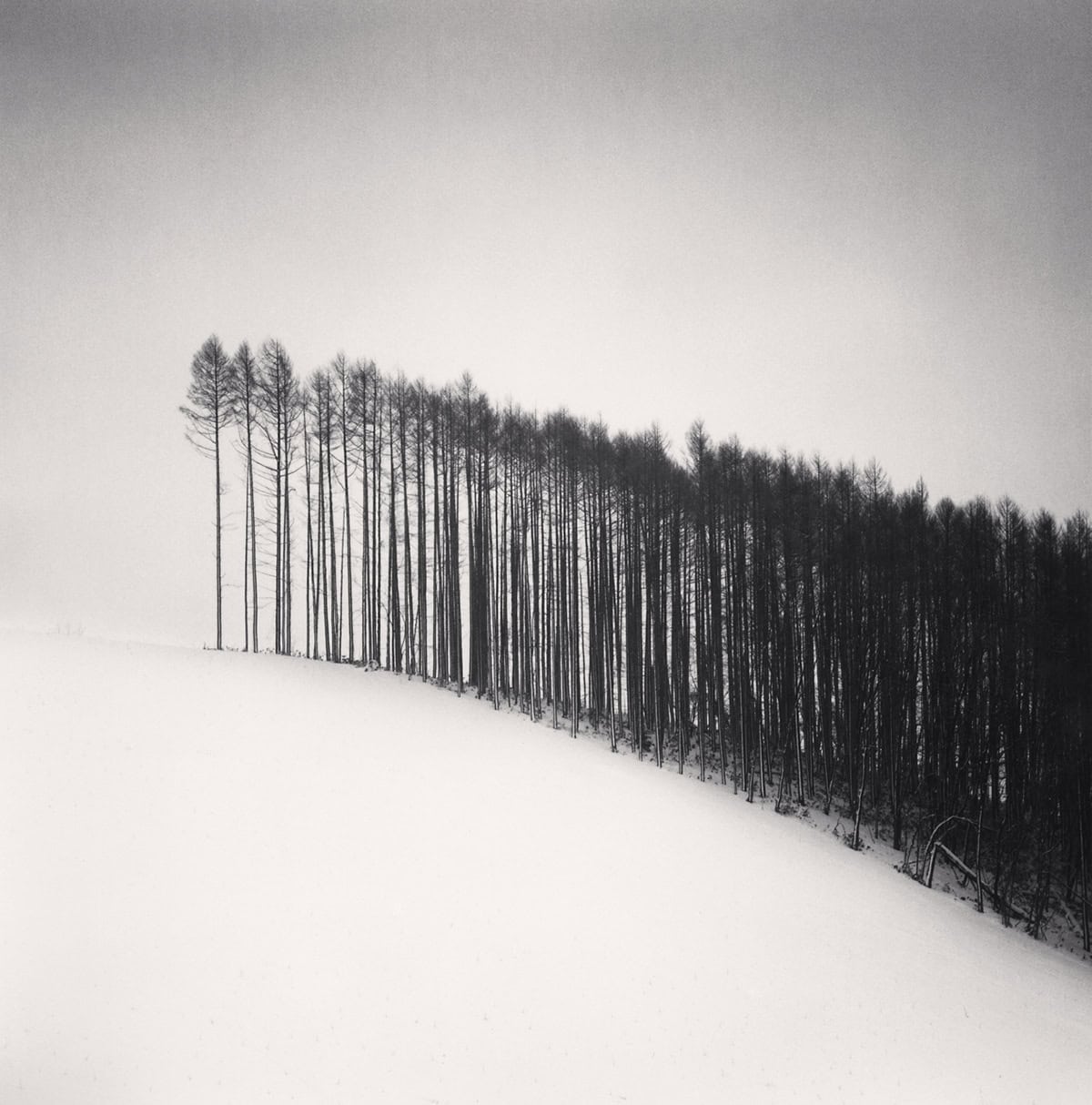Michael Kenna at the Palace of Westminster: Explorers Against Extinction
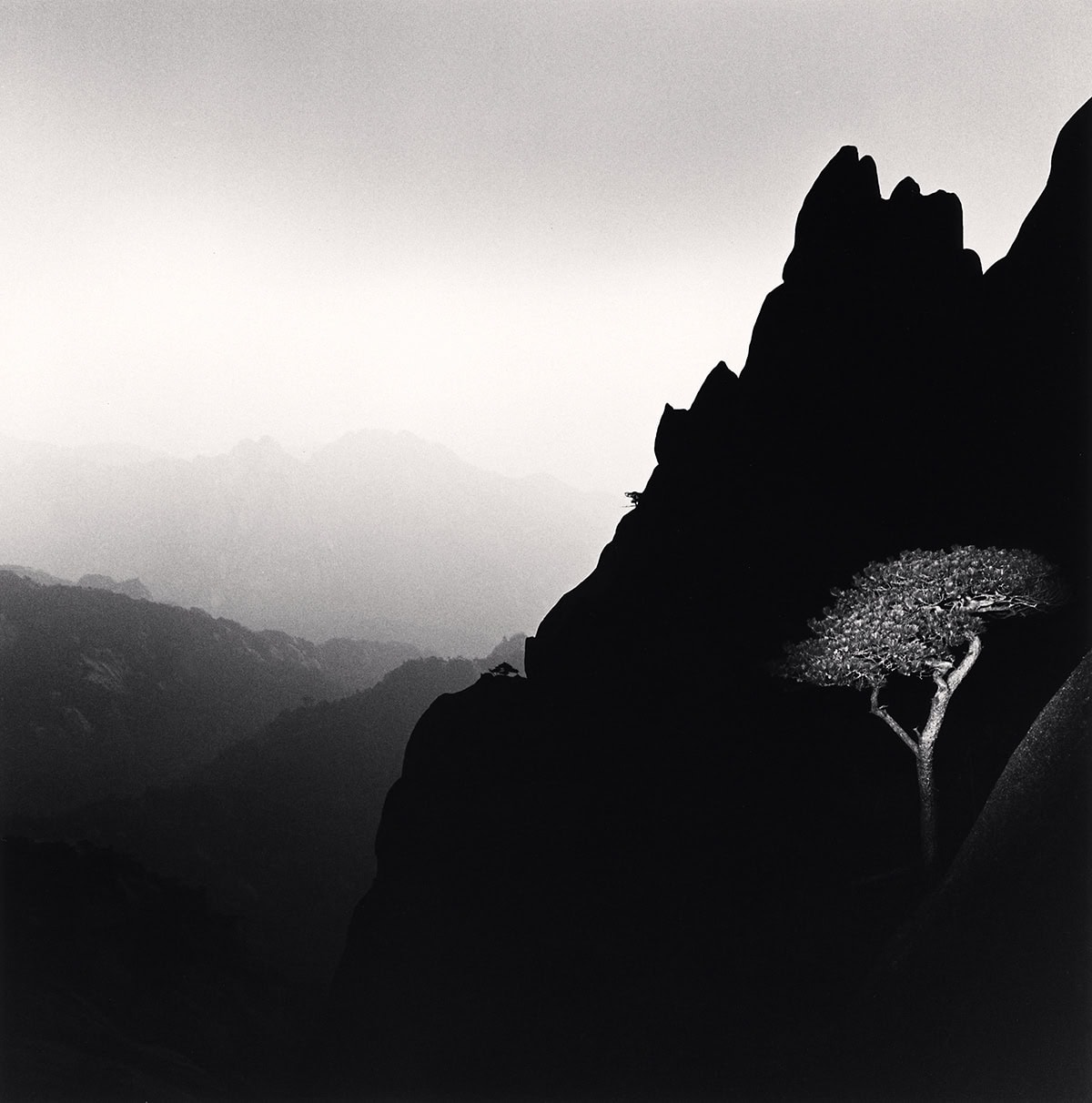
British photographer, Michael Kenna, was invited to exhibit at the Palace of Westminster (15 – 19.04.24) as a part of The Extinction Collection. His work was displayed alongside artists like Sebastião Salgado, Richard Mosse, and Turner prize winner, Richard Deacon.
Previewed in Westminster’s Upper Waiting Hall, The Extinction Collection is a touring exhibition initiated by the UK conservation charity, Explorers Against Extinction. The charity work to spread awareness about a spectrum of environmental issues, while raising funds to aid on-the-ground conservation partnerships all around the world. In their latest project, the charity invited selected artists to create a special collection of works that highlight climate change through time, ranging from sculpture and illustration to photography. All the pieces in the collection tell a story of the environment and through their auction, will help to support the charity’s nominated projects.
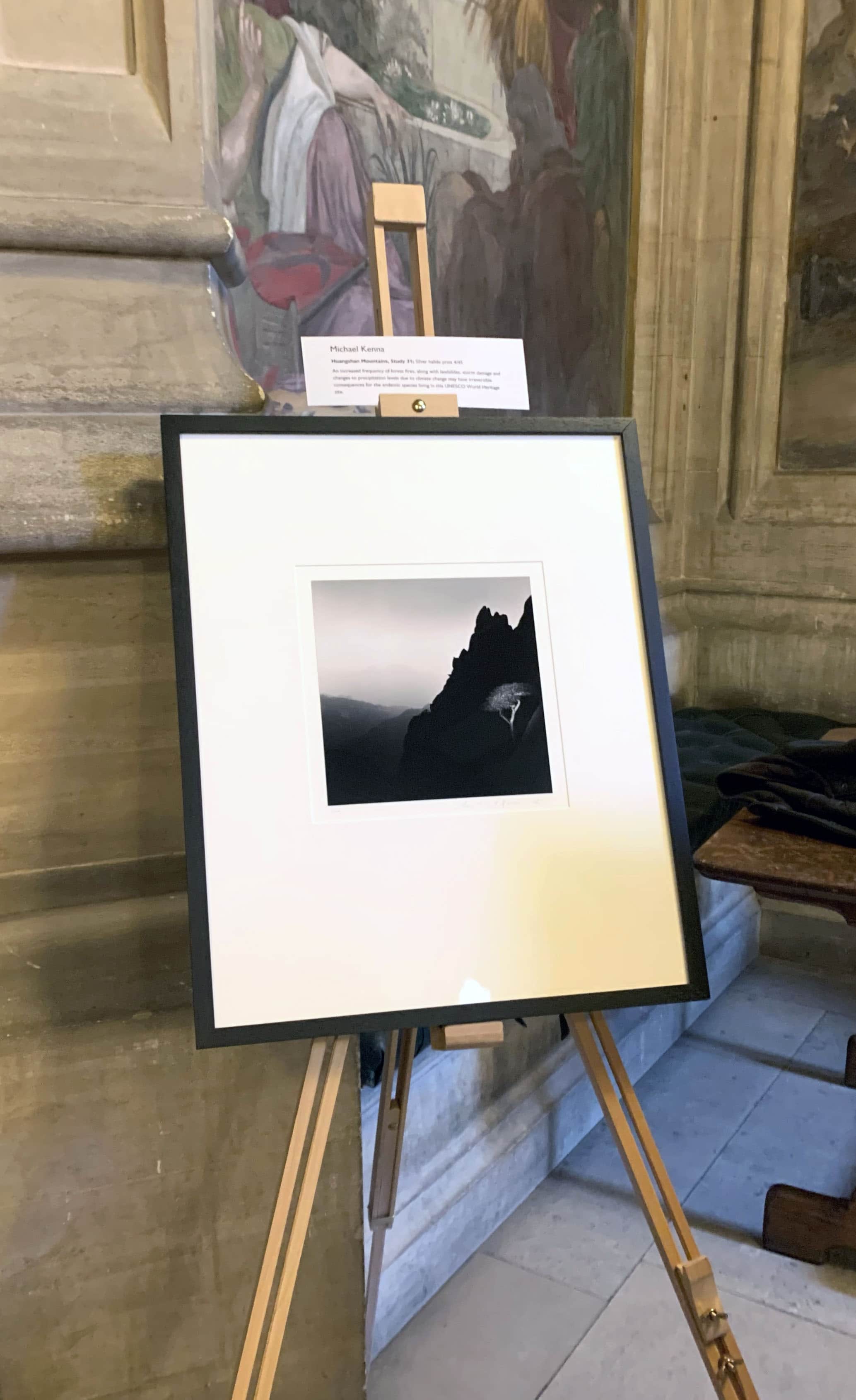
To support the cause, we donated a limited edition, silver gelatin print of Kenna’s ‘Huangshan Mountains, Study 31, Anhui, China’ (2009) to their auction. Huangshan is a World Heritage site and much-visited beauty spot for its abundance of endemic plants. However, due to drier conditions, this delicate ecosystem is susceptible to fire risk and other extreme weather events, which are likely to cause rock-fall and damage to ancient trees.
While trailing the Huangshan mountains, Kenna was drawn to the region’s odd-shaped pine trees. Through his distinctive use of light, Kenna’s ethereal landscape highlights a lone pine against a silhouette of the mountain range that looms behind. Huangshan’s pine trees are believed to symbolise resilience and grace, bringing a sense of serenity to this dramatic scene.
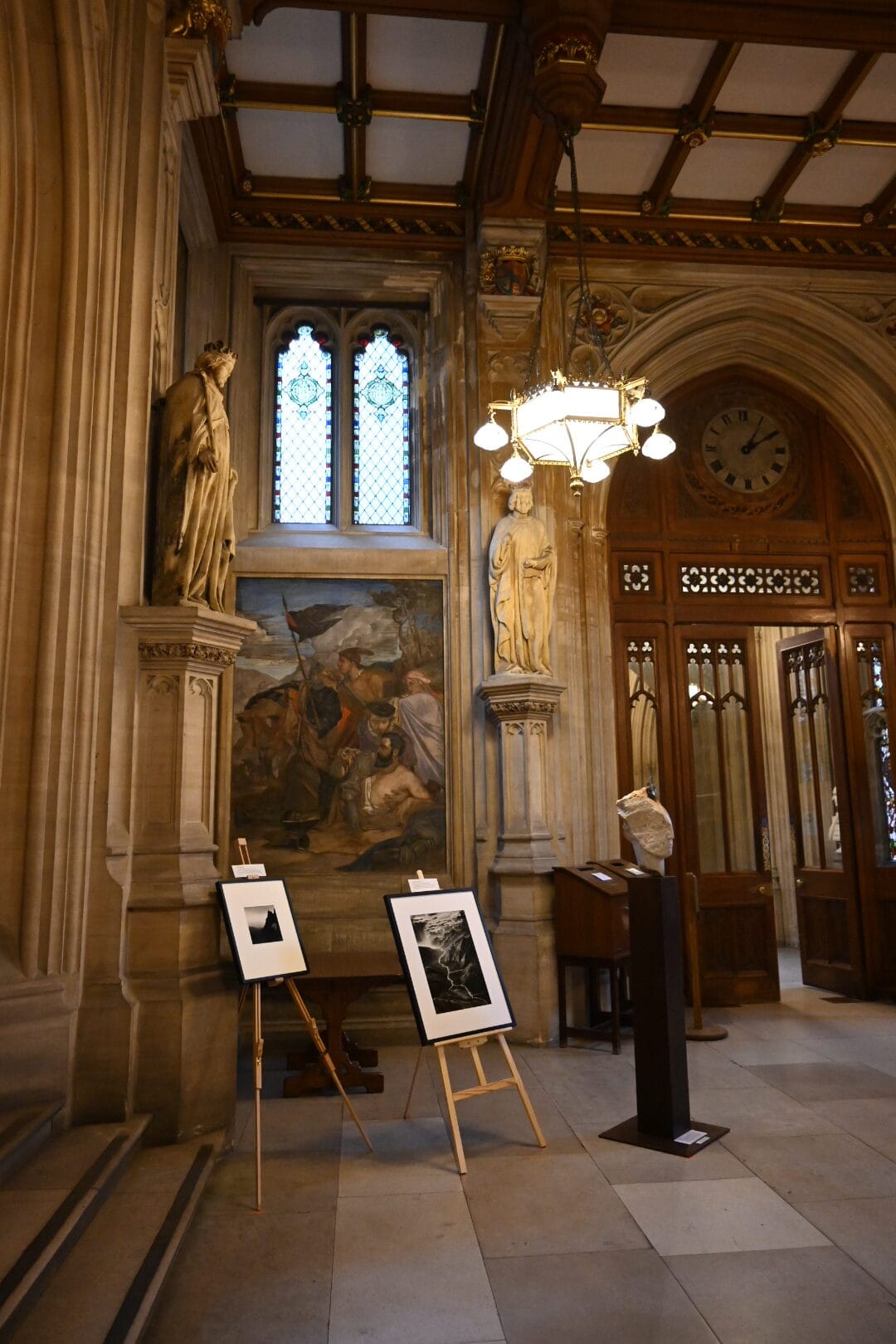
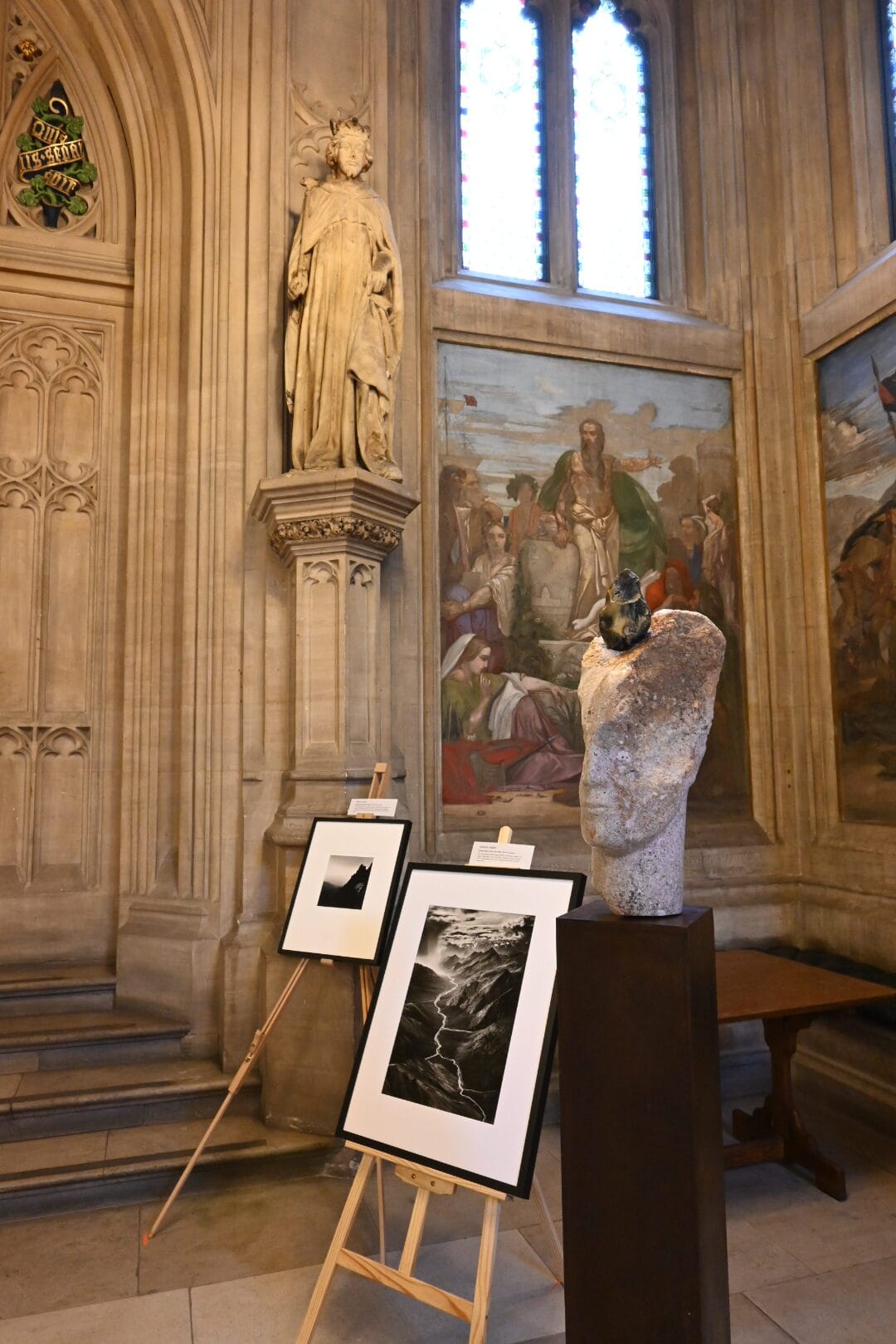
Explorers Against Extinction is based in the village of Happisburgh, Norfolk, UK. Happisburgh is the most (in)famous location in the UK for suffering coastal erosion due to sea-rise through climate change. Currently the cliffs are being eroded at a rate of over one metre per year. Its church and lighthouse are projected to have collapsed into the sea by 2100. As the cliffs are eroded, sediments are exposed on the beach that date to the Pleistocene age, ranging in date from between 500,000 and 900,000 years ago. In these sediments are the fossils and tools of now-extinct animals (including three species of mammoth, the woolly rhino, elephant, lion, bear and hyena) and early humans (Homo antecessor and Homo heidelbergensis), all made extinct locally by climate and sea level change. In 2013, human footprints were discovered, preserved in the sediment, and dating to 850,000 years ago. This makes them the oldest-known human footprints outside Africa, and Happisburgh one of the most important archaeological sites in the world.
Many of the artworks exhibited at Westminster this week were made from materials created by climate change and rediscovered hundreds of thousands of years later by the actions of present-day climate change. They will be exhibited throughout 2024-25 to raise publicity for the charity’s campaigns and projects, as well as promoting awareness about current climate issues.

